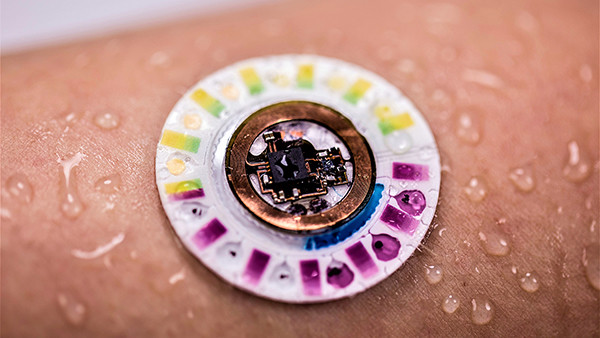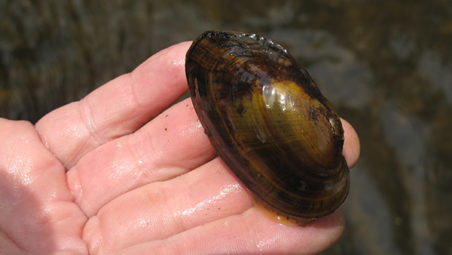
Here a sensor, there a sensor…
Meet some ECE faculty members who are putting sensors to use in new ways.
July 13, 2022 ![]() Engineering Communications
Engineering Communications
Sensor technologies can be used to detect a wide range of inputs, from temperature and light to air pressure and ultrasonic waves. They are used by faculty members to collect data needed for groundbreaking work in energy, health care, manufacturing, infrastructure and more. Engineering researchers, it seems, are putting sensors everywhere.
Amay Bandodkar
Amay Bandodkar’s work with the National Science Foundation Center for Advanced Self-Powered Systems of Integrated Sensors and Technologies (ASSIST) led by NC State is helping to further the center’s mission of creating wearable health-monitoring devices that are powered by the human body and provide a range of data that will help wearers monitor their own health and inform their physicians’ care plans.
His unique work with biochemical sensors could help lead to health monitoring devices that are not just wearable, but can be implanted within the body, producing insights that help take these devices from fitness trackers to essential diagnostic tools for everything from pain to neurodegenerative diseases.
To help solve the problem of harvesting energy from the body to drive a monitoring device, Bandodkar turned to sweat. By using sweat as the electrolyte that supplies the electrical current to a device’s battery, he was able to build a sweat-powered, skin-friendly battery that requires only a tiny drop, 5 microliters, of sweat to power a wearable, wireless heart rate monitor.
Bandodkar’s work landed him on the MIT Technology Review 2021 list of Innovators Under 35 and a recent Newsweek list of the Greatest American Disruptors. He also recently received the 2021 Biosensors Young Investigator Award.
Alper Bozkurt
Alper Bozkurt uses microscale sensors to unlock the mysteries of biological organisms with an aim of engineering these directly or developing new engineering approaches by learning from their biology. His use of sensors enabled remotely controlled insect cyborgs, helped train puppies as successful guide dogs and created wearables tracking the health and environment of patients for asthma, diabetes and sleep disorders assessment.
Recent research looks to monitor plants and pests in crop fields, measure ecosystem health in partnership with mussels and improve comfort for amputees using prosthetics.
 To provide more efficient monitoring of how pests learn to adapt to insecticides used to protect genetically engineered crops, Bozkurt’s team collaborated with NC State’s Department of Entomology and Plant Pathology to develop pheromone-based sensor platforms to study pest activity.
To provide more efficient monitoring of how pests learn to adapt to insecticides used to protect genetically engineered crops, Bozkurt’s team collaborated with NC State’s Department of Entomology and Plant Pathology to develop pheromone-based sensor platforms to study pest activity.
By using a sensor platform to remotely monitor the feeding behavior of freshwater mussels — when mussels feed, they open their shells; but if there’s something noxious in the water, they may immediately close their shells, all at once — Bozkurt and collaborators in NC State’s Department of Epidemiology hope to provide an early alert of the presence of toxic substances in aquatic ecosystems.
Work with colleagues in engineering and textiles is leading to a soft, flexible sensor system created with electrically conductive yarns that could help map problematic pressure points in the socket of an amputee’s prosthetic limb.


